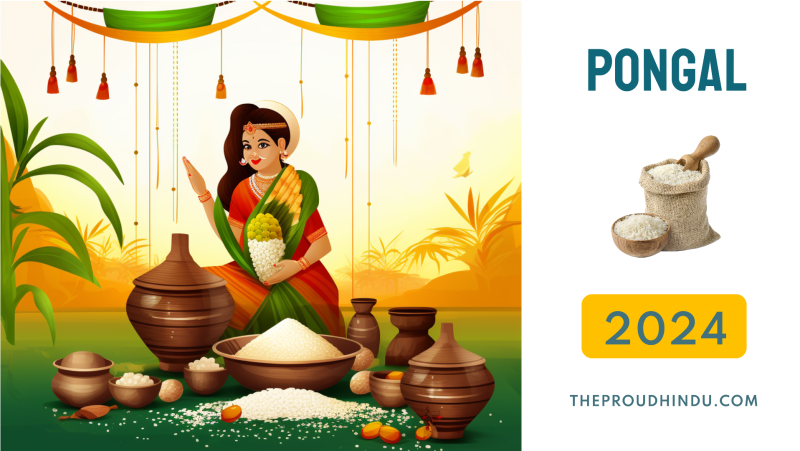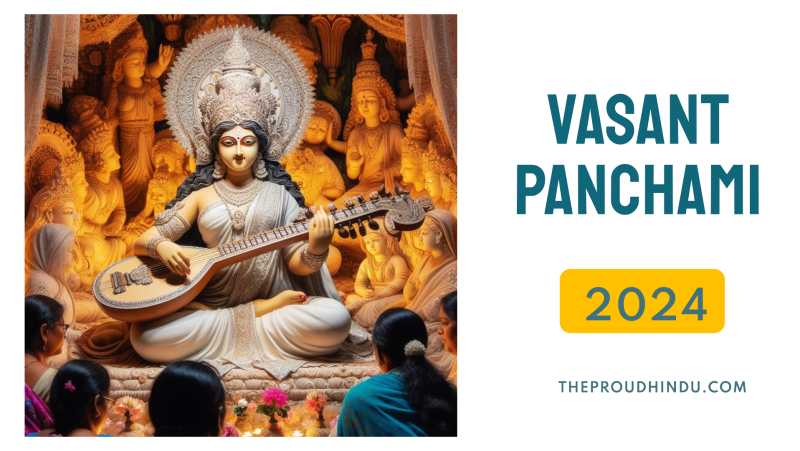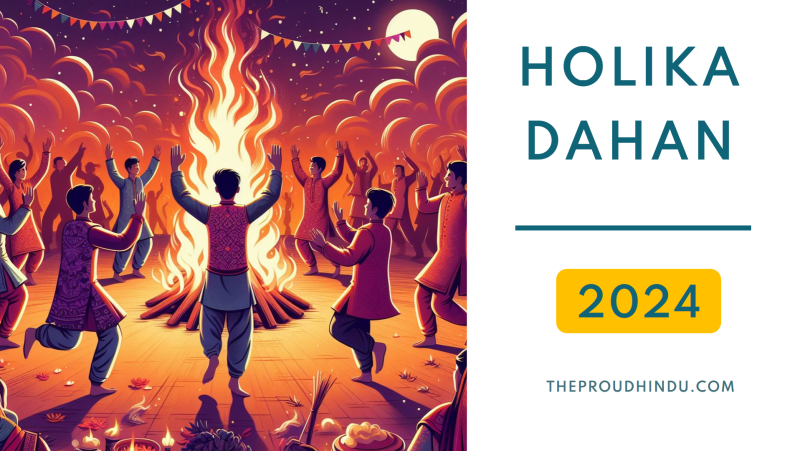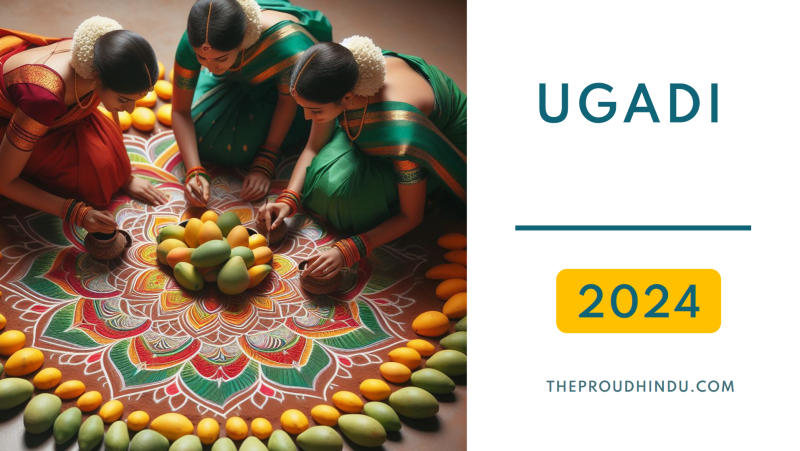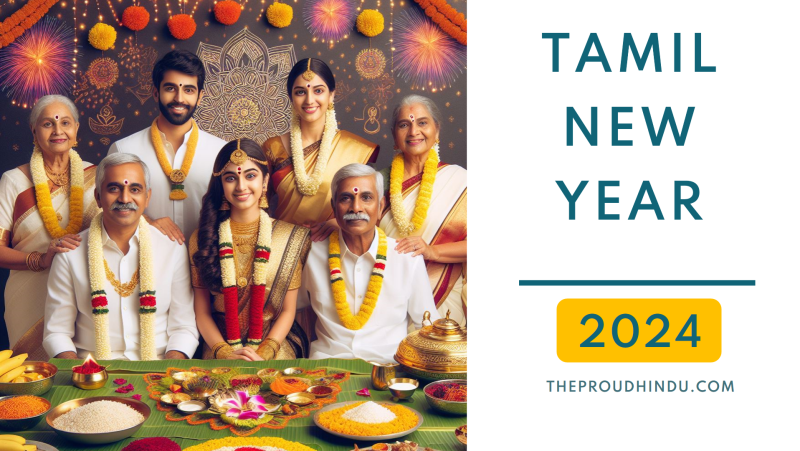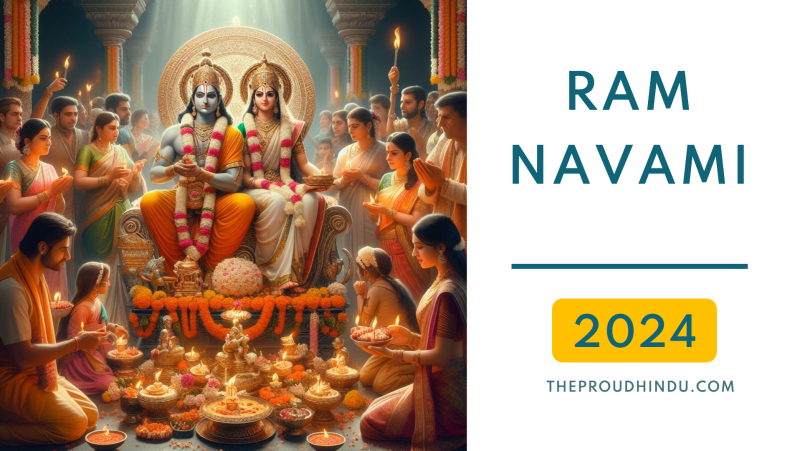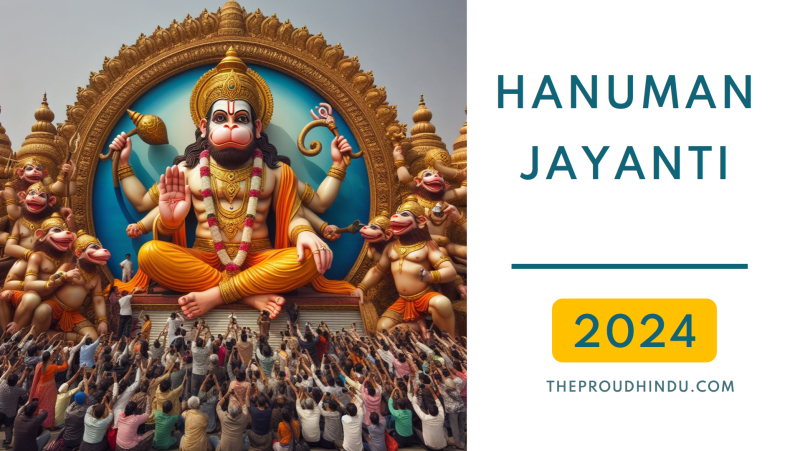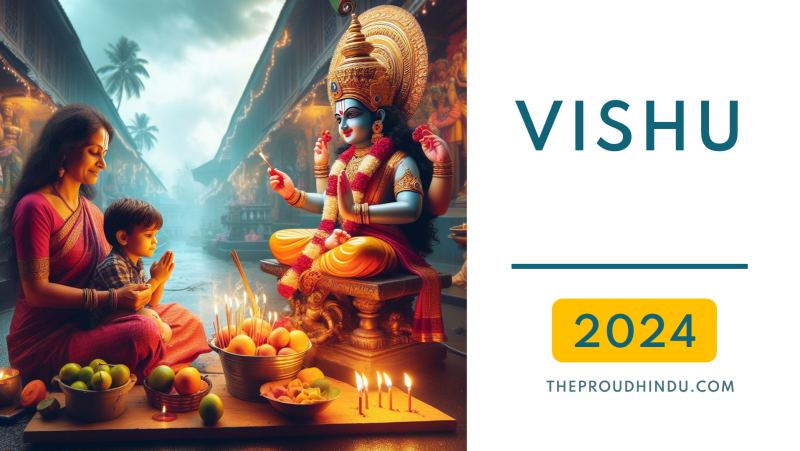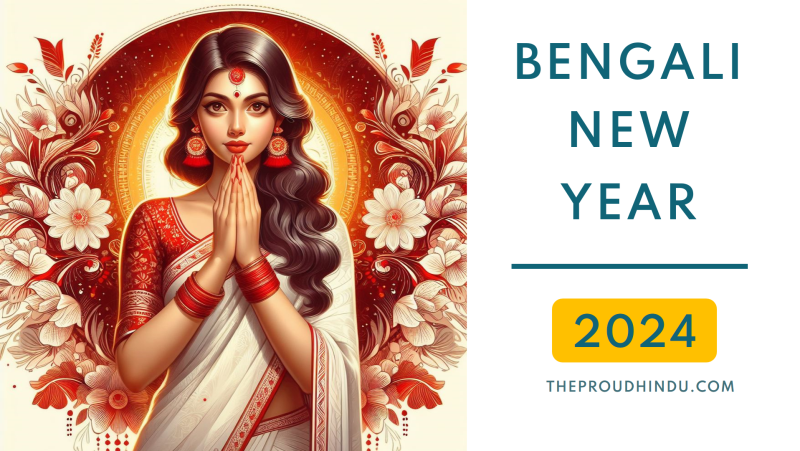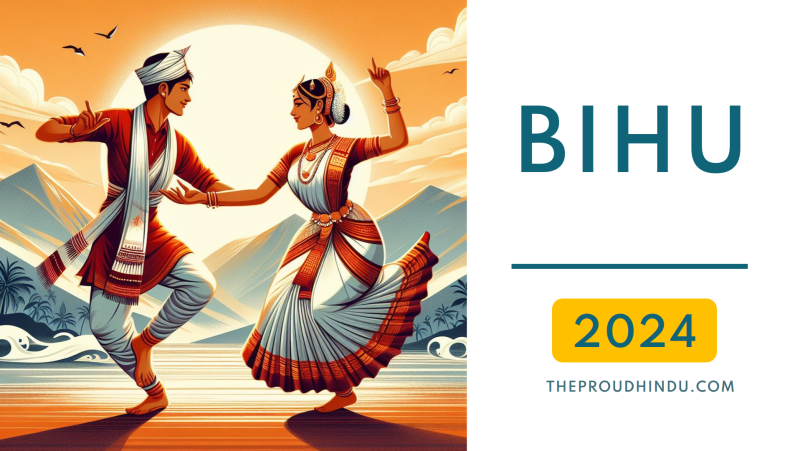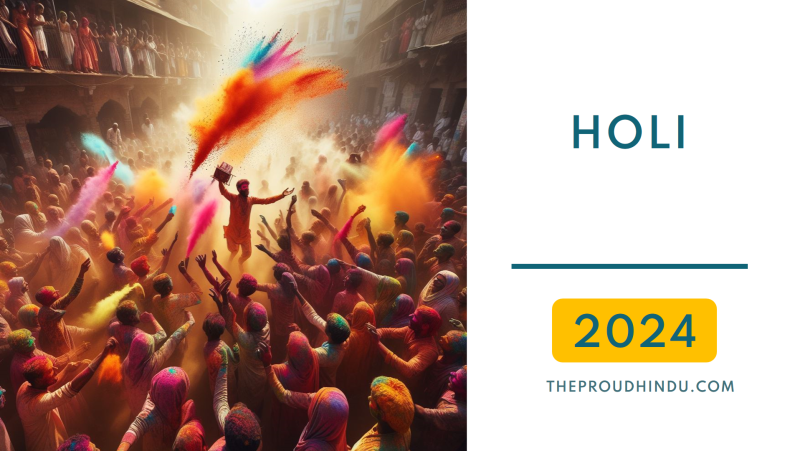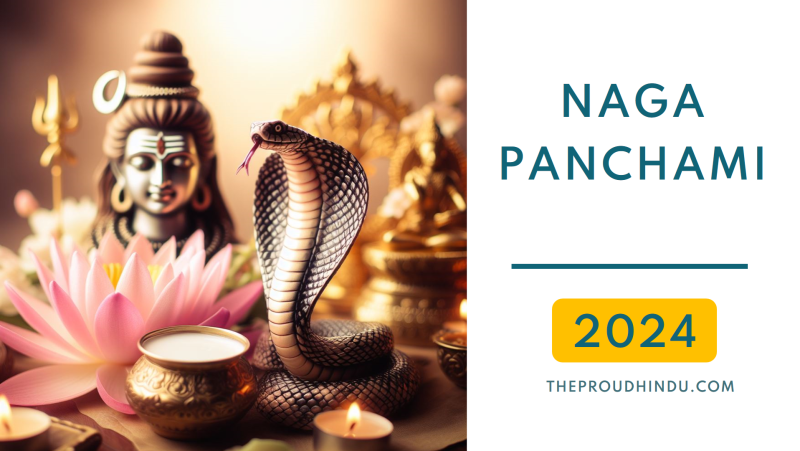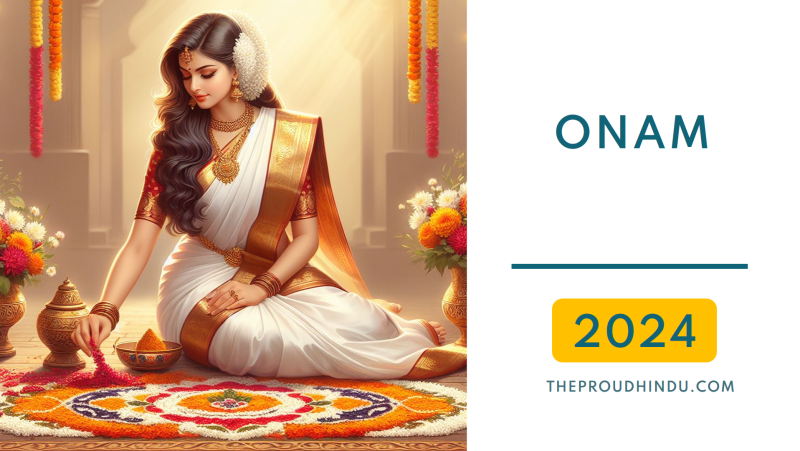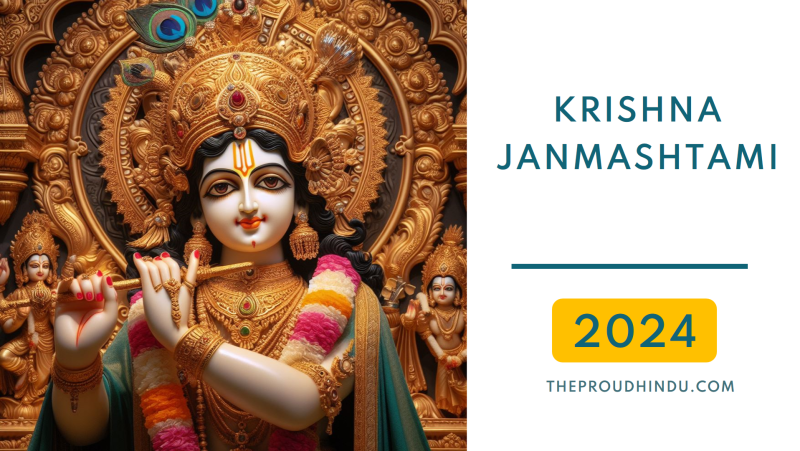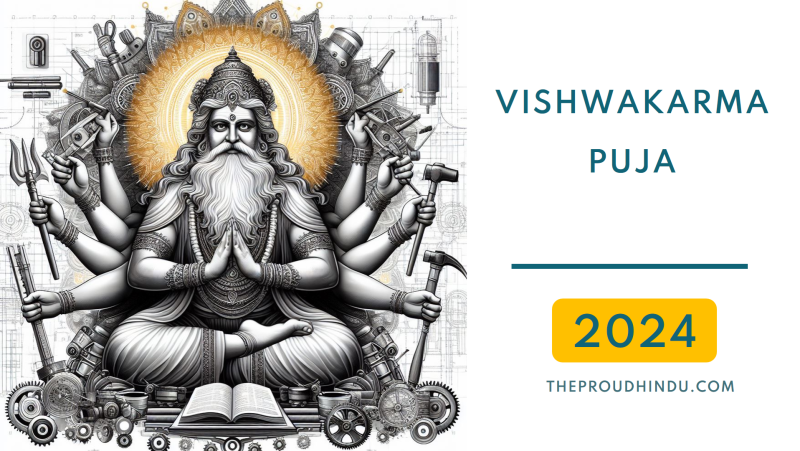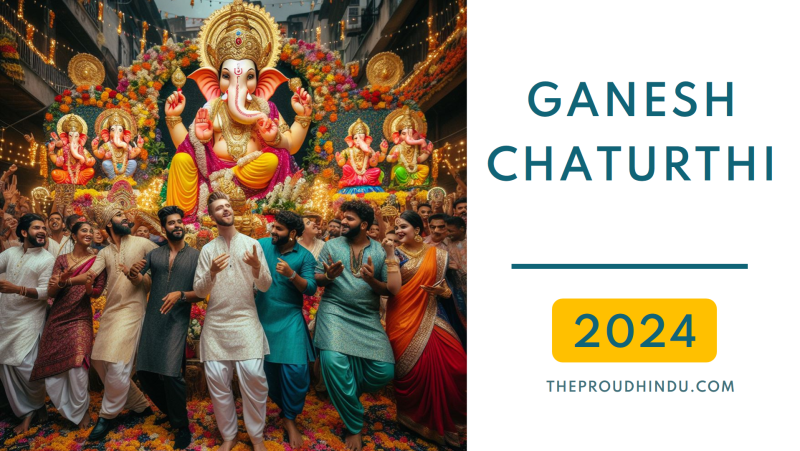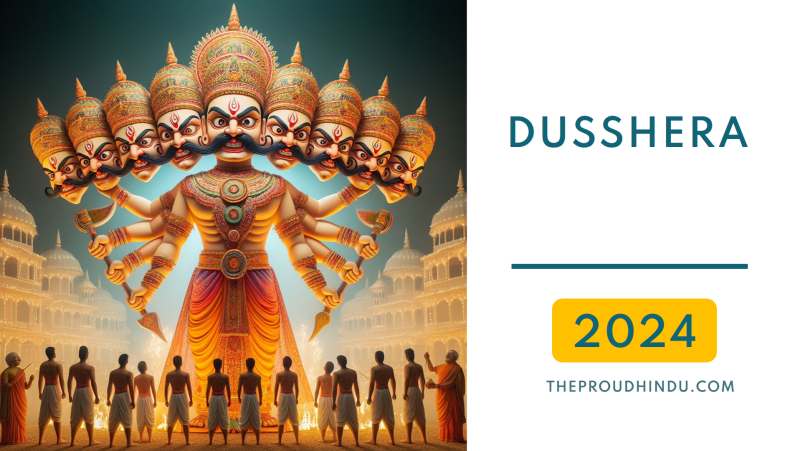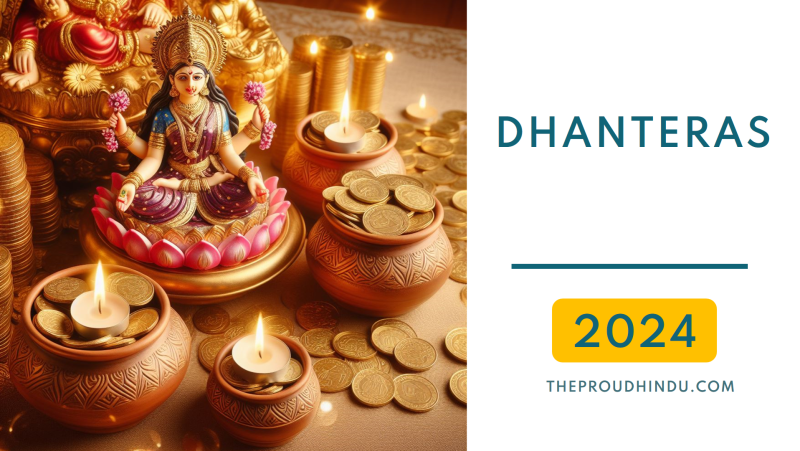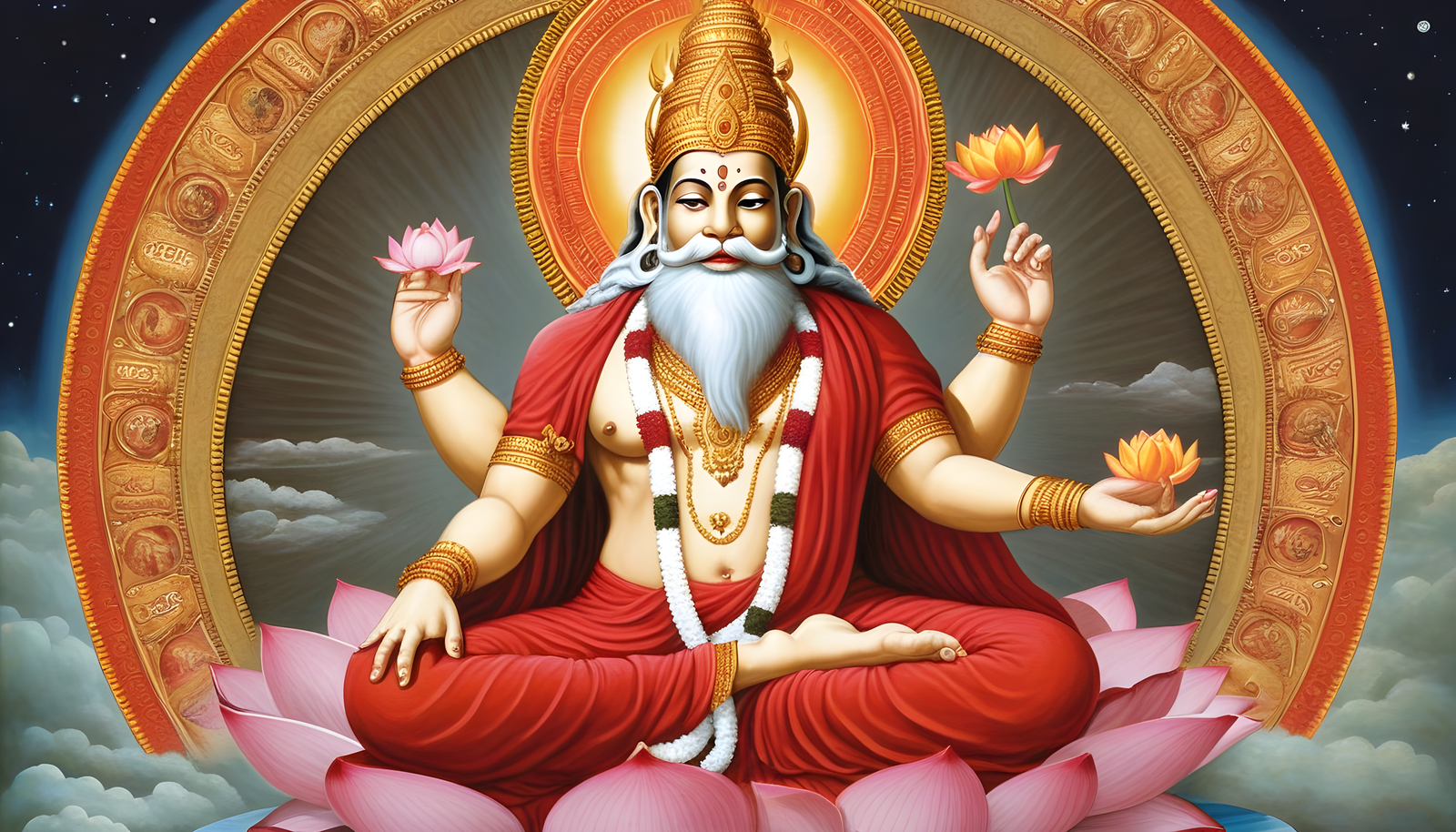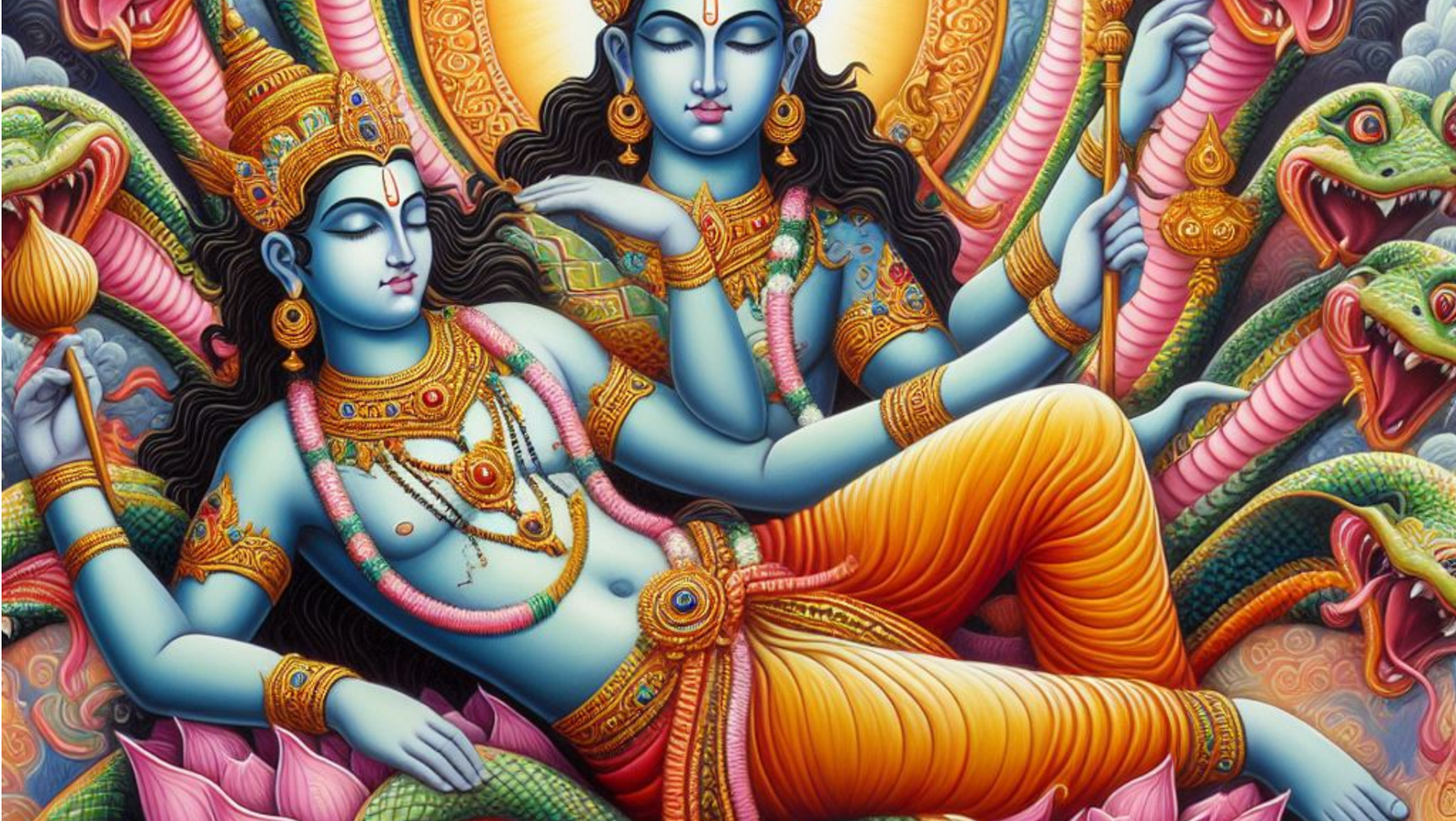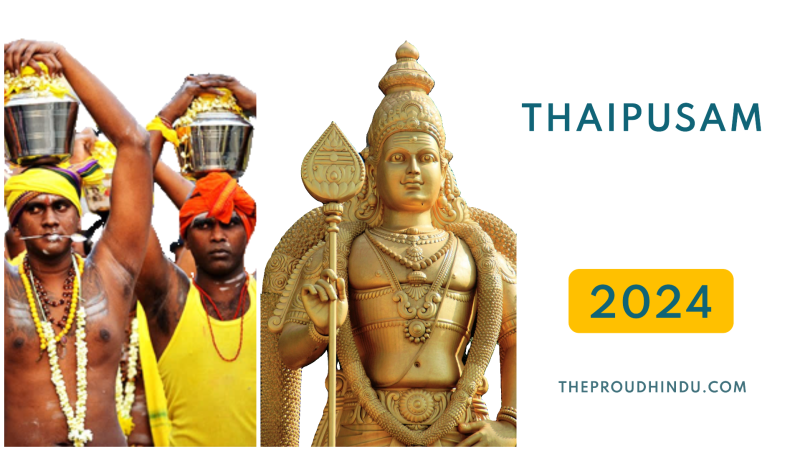
About Thaipusam Festival 2025 Celebration
Thaipusam (Tamil: தைப்பூசம்) is a significant Hindu festival predominantly celebrated by the Tamil community, particularly in South India, Singapore, Malaysia, and other Tamil diaspora regions. The festival is observed on the full moon day in the Tamil month of Thai (usually between January and February).
Thaipusam Festival 2025 Date
In 2025, Thaipusam will be celebrated on Tuesday, 11 February 2025.
Thaipusam Festival Significance
Thaipusam is a significant Hindu festival celebrated in reverence to Lord Murugan, the Hindu deity of war, victory, and wisdom. The festival holds immense significance for devotees and signifies various aspects:
1. Devotion and Penance: Thaipusam represents the devotees' deep devotion and willingness to make sacrifices as acts of penance and gratitude towards Lord Murugan. Devotees often observe fasting, perform various rituals, and engage in physical acts of penance such as carrying Kavadi adorned with decorative structures or piercing their bodies with skewers, as expressions of their dedication and faith.
2. Fulfillment of Vows: Many devotees undertake vows or "Kavadi vows" where they promise to offer something to Lord Murugan in return for answered prayers or blessings. Fulfilling these vows during Thaipusam is considered crucial and signifies the devotees' commitment to their promises.
3. Spiritual Strength and Endurance: Thaipusam showcases the spiritual strength, endurance, and determination of devotees. Carrying Kavadi, enduring the physical ordeals, and participating in long processions demonstrate the devotees' devotion and their ability to overcome pain and discomfort in the pursuit of spiritual fulfillment.
4. Triumph of Good Over Evil: The festival represents the victory of good over evil. Lord Murugan is believed to have defeated the demon Soorapadman on this day, symbolizing the triumph of righteousness and virtue over malevolence and ignorance.
5. Community and Cultural Bond: Thaipusam is not only a religious festival but also a cultural celebration that brings together the Tamil community. It fosters unity, social harmony, and a sense of belonging among devotees who come together to celebrate their shared faith and heritage.
Thaipusam embodies devotion, faith, sacrifice, and the celebration of Lord Murugan's divine attributes. It represents an expression of spiritual devotion, endurance, and the fulfillment of vows as devotees seek blessings, protection, and spiritual enlightenment from their revered deity.
Thaipusam Meaning
The name "Thaipusam" is derived from the Tamil month of Thai (usually falling between January and February) and "Pusam," a star that is at its highest point during the festival.
The festival is primarily dedicated to Lord Murugan, also known as Kartikeya or Subramanya, the Hindu god of war, victory, and wisdom.
Thaipusam Clothes and Traditions
1. Fasting and Penance: Devotees often observe fasting and engage in various acts of penance, such as carrying Kavadi (ornately decorated structures) as an act of sacrifice and devotion.
2. Piercings and Kavadi Attam: The most striking aspect of Thaipusam is the piercing of the skin, tongue, or cheeks with metal skewers and the carrying of Kavadi. These acts symbolize penance, purification, and fulfillment of vows to Lord Murugan.
3. Devotional Processions: Colorful and vibrant processions are carried out from temples to shrines or temples dedicated to Lord Murugan. Devotees, often in trance-like states, accompany the Kavadi bearers, chanting hymns and prayers.
4. Offerings and Prayers: Devotees offer prayers, perform rituals, and make offerings like fruits, flowers, and milk at temples dedicated to Lord Murugan.
5. Cultural Performances: Thaipusam is also marked by cultural events showcasing traditional music, dance performances, and folk arts, adding to the festival's fervor.
Thaipusam Story Of Lord Murugan
Thaipusam is associated with significant mythology and legends related to Lord Murugan. One prominent story revolves around the defeat of the demon Soorapadman by Lord Murugan. Here's a summary of the story:
According to Hindu mythology, Soorapadman, a powerful demon, posed a threat to the gods (Devas) and humanity. He obtained immense power through severe penance and became invincible. The Devas sought help from Lord Shiva, who then manifested Lord Murugan, also known as Kartikeya or Subramanya, from his divine energy to vanquish the demon.
Upon his creation, Lord Murugan was given divine weapons and a purpose to eliminate the tyranny of Soorapadman. A fierce battle ensued between Lord Murugan and the demon, lasting for an extended period.
Soorapadman, realizing Lord Murugan's strength, transformed himself into a huge mango tree to evade defeat. Unperturbed, Lord Murugan used his divine lance, the Vel, to split the mango tree into two halves, one becoming a peacock (Lord Murugan's vahana or mount) and the other transforming into a rooster (symbolizing victory).
Ultimately, Lord Murugan defeated Soorapadman, signifying the victory of good over evil, righteousness over malevolence. This triumph is celebrated during Thaipusam, symbolizing the divine intervention of Lord Murugan to protect and restore harmony in the world.
Devotees commemorate this victory by carrying Kavadi (ornate structures) and performing acts of penance during Thaipusam, expressing their gratitude, faith, and devotion to Lord Murugan, seeking his blessings for strength, protection, and guidance in life.
Paal kudam During Thaipusam Festival Celebration
During the Thaipusam festival, especially in regions like Malaysia and Singapore where it's widely celebrated, the ritual of "Paal Kudam" holds significance as an act of devotion and fulfillment of vows to Lord Murugan.
"Paal Kudam" translates to "milk pot" in Tamil. Devotees carrying "Paal Kudam" participate in the Thaipusam processions as a way of fulfilling their vows or seeking blessings from Lord Murugan. Here's a general overview of the ritual:
1. Preparation: Devotees make vows to Lord Murugan for various reasons such as seeking blessings for health, prosperity, or the fulfillment of personal wishes. They decide to carry "Paal Kudam" as an offering to the deity.
2. Pot of Milk: "Paal Kudam" typically involves carrying a pot filled with milk, often balanced on the head or shoulders. The milk is considered sacred and is offered as a form of abhishekam (ritual bathing) to Lord Murugan at temples.
3. Devotional Procession: Devotees in procession, adorned in saffron-colored attire, often accompanied by family and friends, make their way to Murugan temples, particularly prominent ones like the Batu Caves in Malaysia or Sri Thandayuthapani Temple in Singapore.
4. Offering the Milk: Upon reaching the temple, devotees pour the milk from the "Paal Kudam" onto the idol of Lord Murugan as an act of devotion and offering. This act symbolizes the fulfillment of their vows and seeks blessings from the deity.
Paal Kudam for Murugan - The act of carrying the "Paal Kudam" signifies the devotee's dedication, faith, and commitment to Lord Murugan. It is an expression of gratitude and devotion, with the belief that fulfilling vows will bring blessings, protection, or fulfill desires as sought during the vow-making process.
This ritual is an integral part of Thaipusam celebrations and is performed by devotees as a demonstration of their devotion and commitment to their faith.
Kavadi Attam: The Self-Sacrifice Dance During Thaipusam
Kavadi Attam is a ritualistic and ceremonial dance performed by devotees during Thaipusam as an act of devotion and self-sacrifice to Lord Murugan. Here's an overview:
Preparation and Significance:
1. Vows and Penance: Devotees make vows to Lord Murugan, seeking his blessings for various reasons, such as health, fulfillment of wishes, or gratitude. They decide to carry Kavadi as an offering to the deity, as part of the vow fulfillment.
2. Construction of Kavadi: The Kavadi is an ornate and elaborate structure made of wooden rods and decorated with peacock feathers, flowers, and other embellishments. It can vary in size and complexity, with some Kavadis being extremely intricate and heavy.
Performing the Kavadi Attam:
1. Procession to the Temple: Devotees, often in a trance-like state induced by prayers and fasting, carry the Kavadi on their shoulders or affix it to their bodies. They begin a procession from their homes or temples, accompanied by family and friends, towards Murugan temples.
2. Dance and Devotion: While carrying the Kavadi, devotees perform a dance known as Kavadi Attam, often to the rhythmic beats of drums and music. The dance is a physical expression of their devotion, gratitude, and penance to Lord Murugan.
3. Acts of Self-Sacrifice: Some devotees demonstrate their penance and dedication by performing extreme acts during the Kavadi Attam. This can include piercing their bodies with metal skewers, hooks, or small spears as a form of self-mortification.
4. Completion of Vows: Upon reaching the temple dedicated to Lord Murugan, devotees offer prayers, seek blessings, and often complete their vows by performing specific rituals and offering prayers.
Symbolism and Devotion: Kavadi Attam symbolizes the devotee's surrender, sacrifice, and dedication to Lord Murugan. It represents the devotee's willingness to undergo physical hardships and penance as an expression of deep faith, seeking blessings, and fulfilling vows made to the deity.
Kavadi Attam is a powerful and visually striking aspect of Thaipusam, showcasing the devotion, endurance, and fervent faith of devotees towards Lord Murugan.
Countries Where Thaipusam Festival is Celebration
Thaipusam is predominantly celebrated in countries with significant Tamil communities, including:
1. Malaysia: Thaipusam is widely celebrated in Malaysia, especially in regions with a significant Tamil population, such as Batu Caves in Selangor. The Batu Caves celebration is among the most renowned Thaipusam events, drawing devotees and tourists from around the world.
2. Singapore: The festival is celebrated in Singapore, particularly at the Sri Thandayuthapani Temple on Tank Road. Devotees participate in processions and carry Kavadi as part of the religious rituals.
3. India: Thaipusam is observed in South India, especially in Tamil Nadu, where devotees visit Murugan temples and participate in religious ceremonies, although it might not be as widely celebrated as in other countries.
4. Sri Lanka: In Sri Lanka, the festival is celebrated by the Tamil community with processions and religious rituals at Murugan temples.
5. Other Countries: Thaipusam is also observed in various other countries with Tamil diaspora communities, including countries in regions such as Europe, North America, and Australia, where Tamil communities celebrate the festival in temples or cultural centers.
These celebrations vary in scale and customs but typically involve devotees engaging in religious ceremonies, processions, carrying Kavadi, and demonstrating their devotion to Lord Murugan.
Thaipusam is a vibrant and spiritual festival that exemplifies devotion, endurance, and the expression of faith among devotees, while also showcasing the rich cultural heritage of the Tamil community.
Thaipusam Date
| Year | Date | Day |
|---|---|---|
| Thaipusam 2023 Date | 04 February 2023 | Saturday |
| Thaipusam 2024 Date | 25 January 2024 | Thursday |
| Thaipusam 2025 Date | 11 February 2025 | Tuesday |
| Thaipusam 2026 Date | 01 February 2026 | Sunday |
| Thaipusam 2027 Date | 22 January 2027 | Friday |
You may also like …
Are You The Proud Hindu?
The Trimurti
Create an account to join us and start taking part in conversations.
SIGNIN

